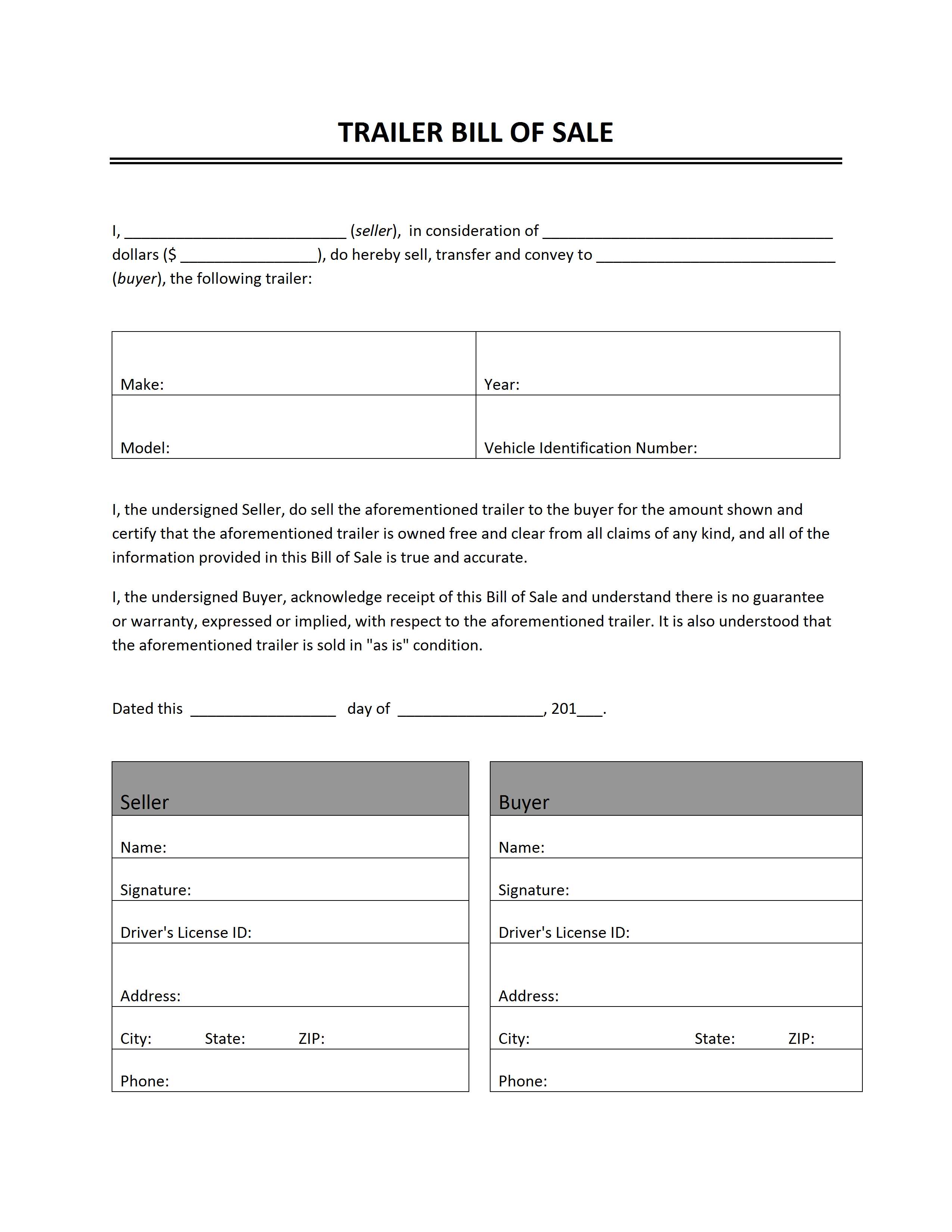When it comes to buying or selling a vehicle, one of the most important documents you’ll need is a bill of sale. This document legally transfers ownership of the vehicle from the seller to the buyer and protects both parties in the transaction.
What is a Vehicle Bill of Sale?
A vehicle bill of sale is a legal document that records the sale of a vehicle from one party to another. It contains information about the buyer, seller, and the vehicle being sold. The document serves as proof of transfer of ownership and protects both parties from any potential conflict or disputes that may arise.
 Why is a Vehicle Bill of Sale Important?
Why is a Vehicle Bill of Sale Important?
A vehicle bill of sale is important for several reasons. First and foremost, it provides proof of ownership transfer, which can be very important in the event of any legal issues or disputes that may arise after the sale. It also protects the buyer by ensuring that the vehicle is free from any liens or other encumbrances that could prevent the transfer of ownership.
Another important reason to have a vehicle bill of sale is that it serves as a legal record of the transaction. This can be very useful when it comes to tax purposes or registering the vehicle with the DMV. Without a proper bill of sale, both parties could face legal or financial consequences.
What Information is Included in a Vehicle Bill of Sale?
A proper vehicle bill of sale should include the following information:
- The full names and addresses of the buyer and seller
- The date of the sale
- A description of the vehicle (year, make, model, VIN number, etc.)
- The purchase price of the vehicle
- Any warranties or guarantees that were included in the sale
- A statement certifying that the vehicle is free from any liens or encumbrances
- The signatures of both the buyer and seller
It’s important to make sure that all of this information is accurate and complete to avoid any potential issues down the road.
 How to Create a Vehicle Bill of Sale
How to Create a Vehicle Bill of Sale
Creating a vehicle bill of sale is relatively straightforward, but it’s important to make sure that the document is legally binding and contains all of the necessary information. Here’s a step-by-step guide on how to create a proper vehicle bill of sale:
- Start by gathering all of the necessary information about the buyer and seller, as well as the vehicle being sold. This should include full names, addresses, contact information, and vehicle details such as the make, model, year, and VIN number.
- Include a statement certifying that the vehicle is being sold “as-is” with no warranties or guarantees, unless otherwise specified.
- Include a section for any additional terms or conditions of the sale, such as payment plans or delivery options.
- Include a section for any warranties or guarantees that are included in the sale.
- Include a statement certifying that the seller is the legal owner of the vehicle and that it is free from any liens or encumbrances.
- Include a space for the buyer and seller to sign and date the document.
Once you’ve created the bill of sale, make sure that both the buyer and seller have signed and dated the document. It’s a good idea to keep a copy of the bill of sale for your records, as well as providing a copy to the buyer.
Conclusion
A vehicle bill of sale is a crucial document that protects both parties in the sale of a vehicle. By including all of the necessary information and ensuring that the document is legally binding, you can ensure a smooth and conflict-free transaction.